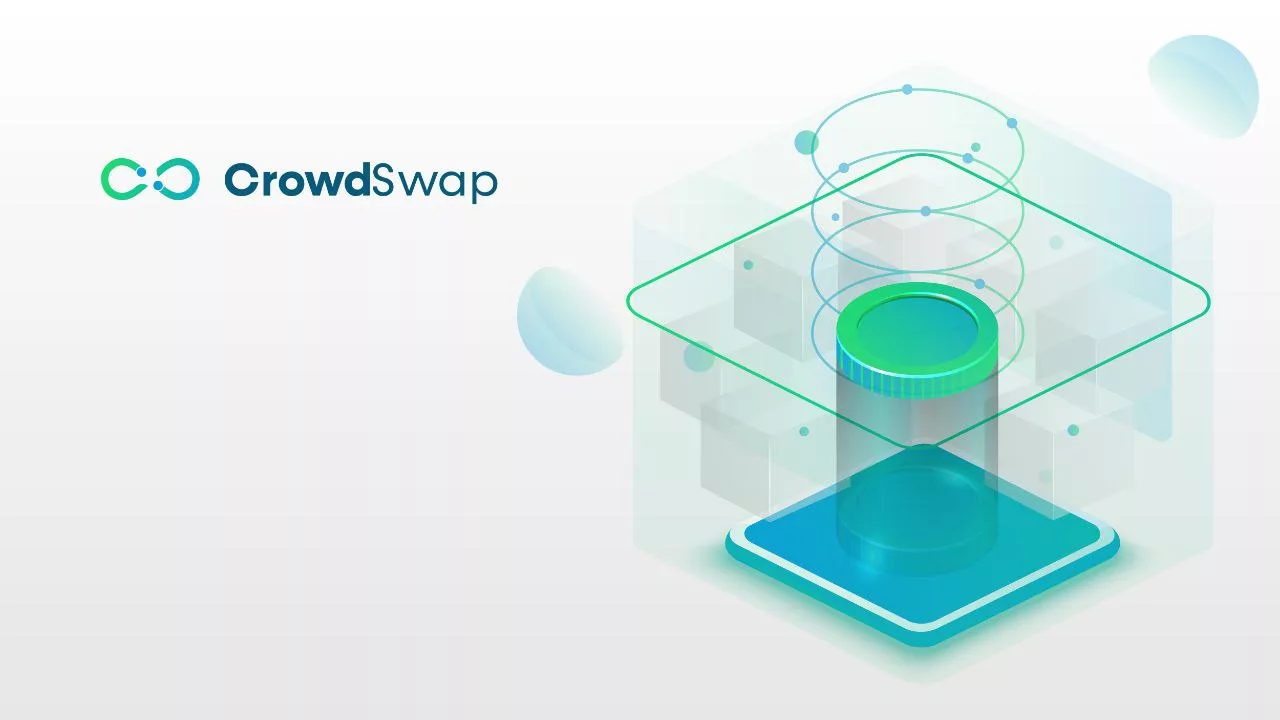Have you ever wondered which blockchain network will be the one-and-only blockchain of the future? Answering such a question is not as easy as it seems! There are many different networks in the blockchain ecosystem, each having their own characteristics, strengths and drawbacks. After all, having only one blockchain network undermines the notion of decentralisation that blockchain was created for!
Taking into account the uniqueness of each blockchain network, there is no consensus on which network is THE blockchain of the future, and therefore, the blockchain community is split on this issue. That being said, considering the many blockchain networks that operate in isolation, how they ‘interoperate’ with each other is an indispensable necessity. To get some insight into what cross-chain technology is, it is good to know that it cannot be defined without first having knowledge of the notion of interoperability.
What is interoperability?
As the blockchain technology evolves, the number of networks increase as well. However, these networks are operating individually and a synergy needs to happen between separate networks. This synergy requires that networks work with each other. This working together (a.k.a interoperability) solves many issues and can play the role of a bedrock for a more widespread adoption of blockchain.
To make this interoperability happen in the easiest and the most convenient way possible, we need to find a solution, for which cross-chain is to date the most promising one.
What is cross-chain technology?
Cross-chain technology is a solution that actualises the transfer of data possible across different blockchains. In fact, this technology facilitates interoperability and the sharing of data between different blockchain networks without the use of an intermediary.
Cross-chain technology helps users take advantage of the benefits of two or more blockchains in a single run. With this innovation, exchanging data has become easier and more feasible. This breakthrough technology is also applicable to the transfer of assets –for instance cryptocurrencies – that exist on two different blockchains.
In order to get a better understanding of the cross-chain technology, imagine all blockchain networks are interconnected. This helps different projects that have their own native cryptocurrency to interact and cooperate with each other.
Let’s imagine you have some MATIC (which is on the Polygon network) and want to execute a smart contract (which is on the Ethereum network). To execute this smart contract, you are going to need to buy some ETH. Using the cross-chain technology, you can easily transfer your MATIC to the Ethereum network to execute your smart contract without using a centralised exchange. In this example, the cross-chain technology has helped you to transfer your assets across the different blockchains without any intermediary.
What makes the cross-chain technology so important?
If blockchain is to expand its applications to more and more industries and maximise its applications in the current affairs of the world, blockchain networks need to interoperate. In some cases, the interoperability of blockchains is possible with an intermediary, which in the case of cryptocurrencies is a centralised exchange. The problem with using centralised exchanges is that they are in fact centralised, while blockchain is meant to be decentralised. ‘Cross-chain technology’ is a way to address some of the issues that exist on the path of the widespread use of blockchain networks.
In addition, cross-chain platforms are optimised in a way that can conduct the operations and transactions in a blink of an eye. This is again because there is no intermediary in between to execute the operation, minimising the amount of time and fees for transactions.
Navigate the Crypto Market Like a Pro
Try CrowdSwap and boost your earnings with ease on our decentralized exchange
What is Cross-Chain Liquidity Pool (CCLP)
First, let’s look at the concept of liquidity pool (LP). Liquidity pool is one of the most effective technologies that power the booming field of decentralised finance (DeFi). In simple terms, liquidity pools are smart contracts, using which digital assets and tokens are locked. Taking advantage of these smart contracts, a decentralised exchange (DEX) can ensure that it has enough liquidity to facilitate a faster and more efficient trading for its users.
CCLP is the optimised version of the LP, the main advantage of which over LP is that it includes only one asset. This contributes to faster, more convenient and of course, more secure transactions across two or multiple blockchains.
Projects like ‘CrowdSwap’, that use CCLP for providing liquidity, take the user experience to the next level. By reducing the amount of fees that users pay and providing more security and transparency, as well as more yield for liquidity providers, CCLP is attracting more traders to it.













